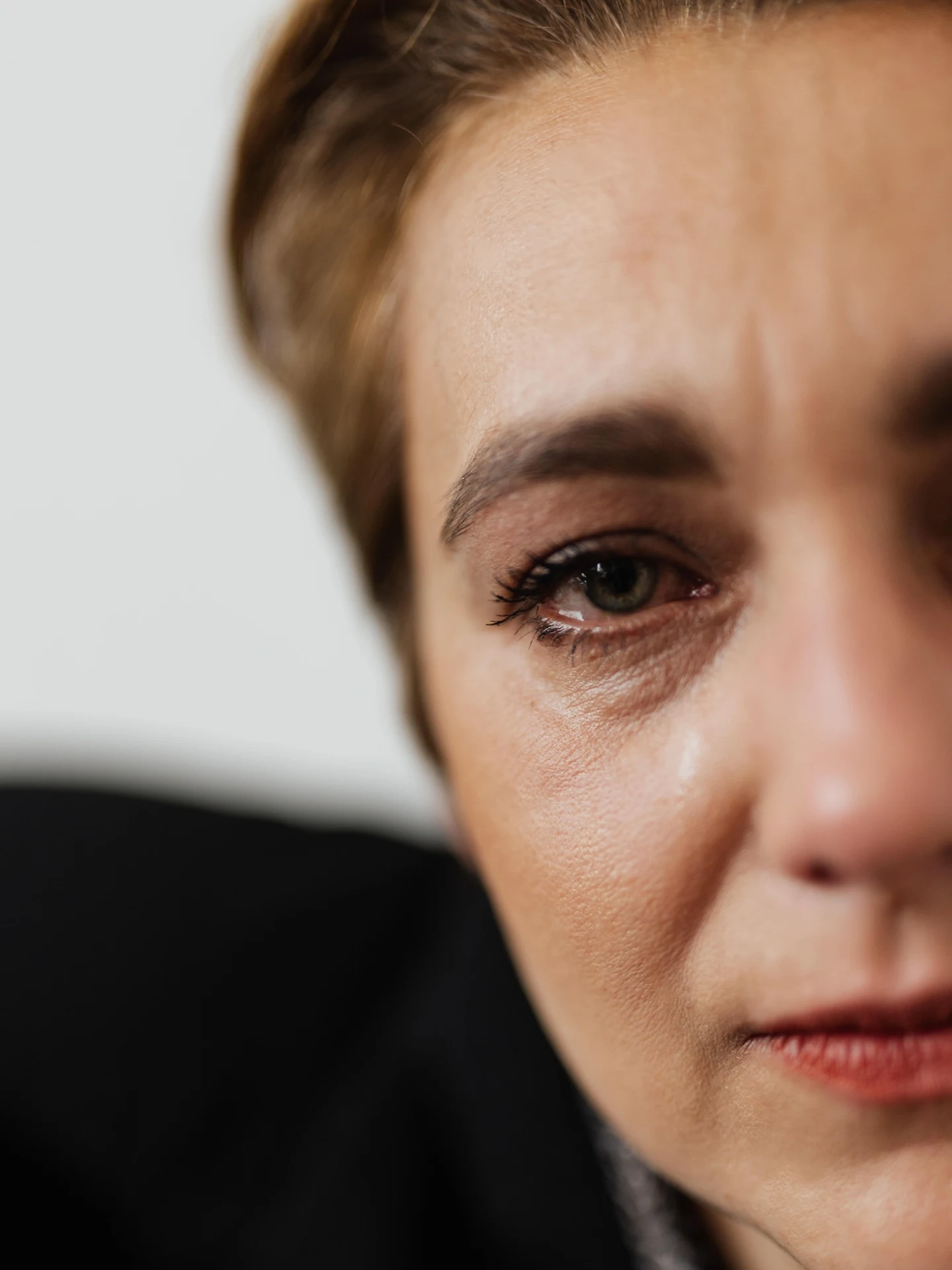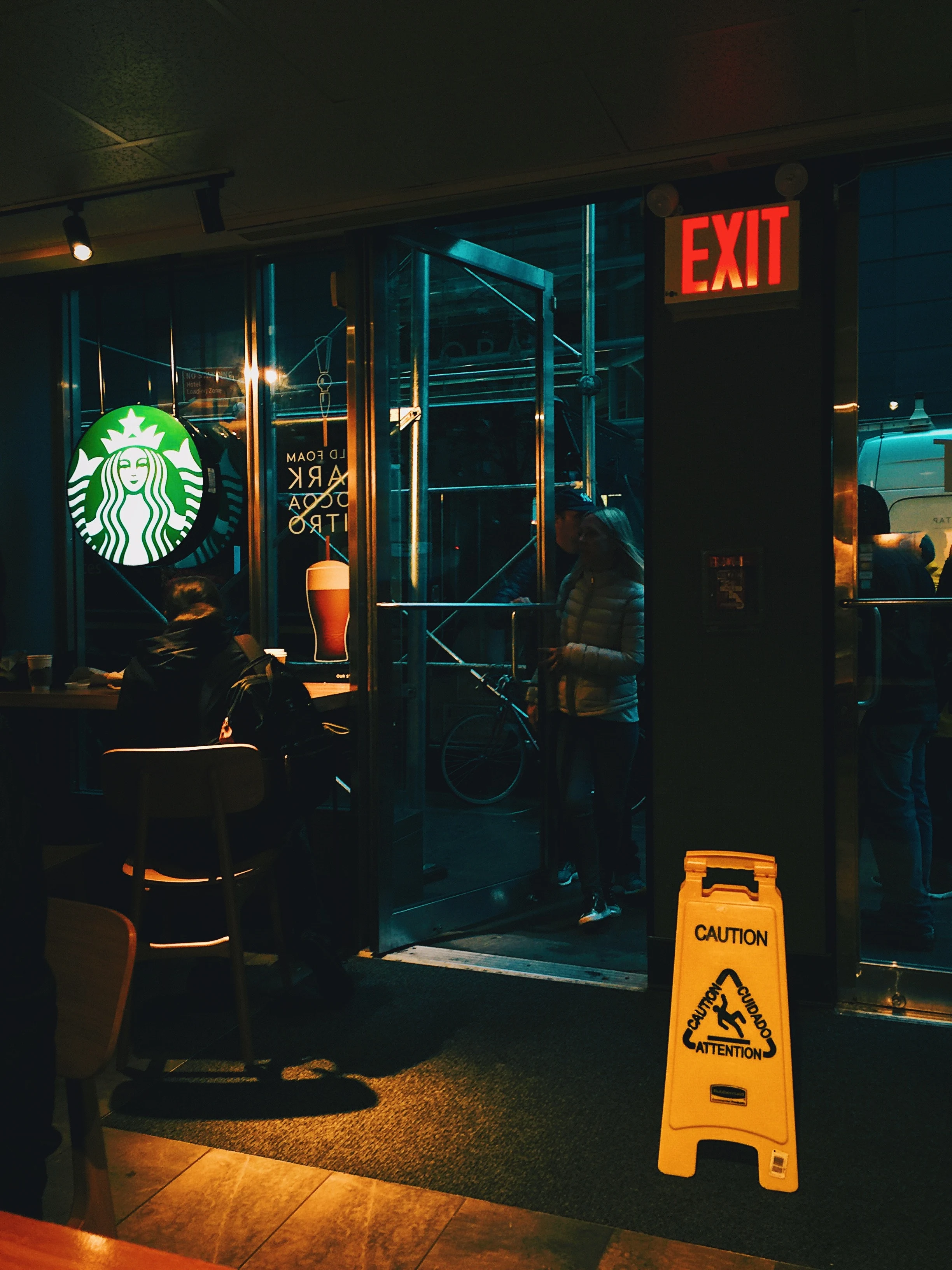
8437 Golden Bear Place is an architectural, alpine masterpiece on the border of Green Lake, located on one of Whistler's most sought cul-de-sacs. Open-concept living, stunning warm wood accents, lit huge timber, chef's kitchen with Wolf/Subzero appliances, full wet bar, billiards/rec room, 5 fireplaces, hot tub, and sweeping, unimpeded lake/mountain/glacier VIEWS! The Nick North Golf Course and the Whistler floatplane wharf are just steps away. Located along the most renowned portion of Valley Trail, providing convenient access to Whistler Village for cross-country skiing, cycling, or strolling. It's a lake lover's dream, nestled between Green Lake and the River of Golden Dreams! Definitely one of Green Lake's crown gems! #dreamhomesofcanada
Offered at $10,799,000 CAD by
★ Sue Scott ⇨ +1-604-928-1588
★ Follow on IG @wvanrealestate
★ Sue Scott PREC | Engel & Völkers Vancouver
Co-listed with:
★ Gina Daggett ⇨ +1-778-998-2357
★ Follow on IG @GinaDaggett.Whistler
★ Engel & Völkers
Want more info?
➔ Tap our link-in-bio or visit
➔ https://dreamhomesofcanada.com/linkinbio
➔ Enter Property ID: DH4365
Photo Credit: @inframerealestate
Yesterday, the 23rd of March 2022, was my little niece's birthday. I remember how many times she told me about her birthday. She told me what gifts she wanted for her birthday and what colour of cake she would love. She requested a pink cake, and I'm delighted I was able to fulfil her requests.

Discover an activity that you enjoy.

While having a beautiful manicure is a good idea all year, there's something about summer that makes you feel more daring. Now is the time to experiment with ultra-bright colours, novel textures, fashionable shapes, and bold patterns. Continue reading to find creative ways to refresh your distinctive look, as well as this season's most on-trend summer nail design ideas to elevate your manicure.


Make a schedule for yourself.
Choose your props.
Begin with the basics.
Make a contribution.
Two often occurring shoulder injuries and how to prevent them
These hardworking joints are more susceptible to damage than you may think. Now is the time to safeguard them in order to maintain their independence.
Once we reach our fifties, shoulder issues are common. By that time, the shoulder muscles and tendons have weakened, the cartilage has deteriorated, and the bones have begun to lose density. Two distinct types of shoulder injuries are prevalent in older people.
Injuries to the rotator cuff
The rotator cuff—a set of muscles and tendons that support the shoulder and assist in arm movement—is prone to inflammation and tear.
These injuries frequently occur while carrying a large object above your shoulders, such as when loading luggage into an aeroplane's overhead bin or reaching up to trim tree branches. You rely heavily on your rotator cuff for movement and strength, but those muscles are quite small and weak. They can tear if you apply too much power to them, "Dr Evan O'Donnell, a shoulder surgeon affiliated with Harvard Medical School, concurs.
Other possible causes of rotator cuff injuries include a hard accident or irregular bone growth that pinches tendons when the shoulder moves.
How can you know if you have a rotator cuff injury? "Your range of motion will stay the same, but you will feel pain on the outside of your upper arm, especially when you reach overhead," says Dr. O'Donnell.
He observes that rotator cuff discomfort is typically worse at night. This could be because your body releases inflammatory substances during sleep. Additionally, it could be that you're sleeping on your shoulder and having difficulty finding a comfortable position, "Dr O'Donnell provides clarification.
Corticosteroid injections into the shoulder, anti-inflammatory drugs, and physical therapy to stretch and strengthen the shoulder muscles and tendons are all used to treat rotator cuff tears. If such treatments are ineffective in relieving discomfort, we can replace the shoulder joint or even harvest tendons from your back to produce a new rotator cuff, Dr O'Donnell explains.
Try this shoulder stretch
Internal rotation stretch for the shoulders: Stand straight with your feet hip-width apart and your hands by your sides. At your waist, place the back of your right hand against the small of your back. Raise your index and middle fingers. Slide your right hand as far up your back as possible. Extend your limbs to the point of mild tension. Ten to twenty seconds later, repeat with the other hand.
Changes in your strength
Coordination changes
Even with mild COVID, less visible lapses in memory and attention may occur.

Is it true that allergens aggravate snoring?
There are various non-hormonal approaches that may be beneficial. Those that help you stay cool are some of the greatest solutions for hot flashes and nocturnal sweats. Dress in layers so you can rapidly remove clothing to change your body temperature; put a small fan nearby that you can turn on as needed; use cool-water compresses on your skin; maintain your bedroom at a lower temperature at night, and wear light clothing to bed (ideally made of fabrics designed to wick away moisture). In addition, make an effort to exercise on a regular basis. It has been demonstrated to lower overall menopausal symptoms and may assist in enhancing your sleep quality. Also, make an appointment with your doctor. Depending on what she can do, she may be able to give you more options for therapy and rule out other health problems that could be causing your pain.

Understanding Your Condition
The first step in finding treatment is having a clear understanding of your condition. Knowing not only what substance(s) you are addicted to but also the severity of your addiction, what it entails, and what kinds of treatment work best for your condition is critical in finding the right rehab center. Some facilities specialize in treating specific addictions, while others offer general treatment programs.It is also important to know whether or not you have a co-occurring mental health condition. Many people who struggle with addiction also suffer from mental health conditions like depression or anxiety, which must be treated alongside the addiction in order for the person to recover fully.
Determining Your Budget
Once you have a good understanding of your condition and what kind of treatment you need, it's time to start looking at rehab centers. The first thing you'll want to consider is your budget. Some rehabs are more expensive than others, and there is a wide range of prices depending on the type of program and the location.New England is home to many spectacular luxury rehab programs, but these come at a premium price. They feature luxurious accommodations, gourmet food, and top-notch medical care. If you can afford it, the treatments offered at a luxury rehab may be the best option for you.
If your budget is tight, there are affordable options available. Many state-funded programs provide free or low-cost treatment, and there are also private rehabs that offer sliding-scale pricing based on your income as well as scholarships and financing options.
Picking the Right Location
Once you've determined your budget, the next thing to consider is the location of the rehab center. If you are attending an outpatient program, you should stay close to home so you can easily attend therapy and counseling sessions. If you are attending an inpatient program, however, you can consider a facility just about anywhere since you will live at the facility for the duration of your recovery.
Some travel across the country to go to rehab in Rhode Island, but it is important to remember that every rehab is different. Make sure you do your research before making a decision and ask plenty of questions so you can be sure the facility is right for you.
Finding a Facility That Fits
Finally, it's important to find a rehab center that fits your needs. Not all rehabs are the same and not everyone will feel comfortable in the same type of setting. Some people prefer a more relaxed and informal setting while others prefer a stricter, more military-style environment. There are also many different types of treatment available, so it's important to find one that aligns with your beliefs and values.One of the best ways to do this is by visiting the facility where you are considering undergoing treatment. Many centers offer free tours and this is a great opportunity to ask questions and get a feel for the center. If you can't visit in person, be sure to check out the center's website and read reviews from past patients.
Finding the right rehab center can be challenging, but with a little bit of research and patience, you're sure to find one that's perfect for you. Remember to stay positive and to keep your recovery at the forefront of your mind throughout this process. With the right centre and treatment program, you can overcome addiction and get on the road to a healthy, happy future.
Do you find it difficult to use your smartphone or computer because your hands are stiff? If you want to keep utilizing your gadgets, try these tips.
 |
| Pexel image |
Thanks to technology, the world is at your fingertips. All it takes is a few taps on a smartphone, a few keystrokes on a keyboard, or a few mouse clicks. That is more difficult to do if you have other health problems, like tendinitis or arthritis, that makes it worse.
"The issue is repetitive finger movement on a keyboard or reaching and stretching your fingers on a mouse. A hand keeps moving, and the other hand keeps holding a phone in the other.
If you have pain or stiffness in your hands that makes it hard to use a computer or smartphone, think about the following steps. Make sure these suggestions are right for you by talking to your doctor.
Distribute the work.
Do you type in a "hunt and peck" fashion? Are you a thumb-only texter? This may result in overuse injuries. Rather than that, divide the task between your fingers and hand. "Change which fingers perform the work. If you're used to using a mouse exclusively with your right hand, try mousing with your left. Alternatively, switch which hand you use to carry your smartphone. "
Take pauses
Sedentary activity: using a computer or smartphone stops you from being active and cuts off the blood flow to your hands, making them stiff and hard to move.
To combat this, schedule breaks in advance of feeling the desire to stop. You've already aggravated your hands by the time they complain. It takes longer to regain control of the pain and stiffness, and you end up needing a longer respite. After 45 minutes of action, take a five-minute break. Stand up, take a drink of water, or perform any other action that significantly alters your position. "
Extend the range of motion in your wrists and hands.
It is critical to have limber wrists and hands. They should be stretched on a regular basis. Begin at your wrists, with your forearms stationary and your fists slowly rotating in circles. Following that, softly open and close your fists, if possible, lengthening your fingers. "Ensure that all of your fingers are aligned and working in unison and that no finger is ahead of or behind others, as is the case with arthritis."
Utilize either heat or cold therapy.
Both heat and cold therapy have their advantages and disadvantages. Heat is a sedative that relaxes the muscles. It's beneficial to do so before typing or using your phone for a lengthy period of time. It helps with stiffness but not with swelling. "Moist heat penetrates the tissues and joints more deeply. You can obtain moist heat by soaking your hands in warm water or by microwaving moist heat mittens. "
Ice is a natural anti-inflammatory and analgesic. "It is very beneficial for tendonitis or inflamed heated joints. It's beneficial if you've been using your hands for an extended period of time. Consider using an ice pack, cold therapy gloves (made with gel packs stored in the freezer), or soaking your hands in freezing water. Keep therapy sessions to a maximum of 20 minutes so that you don't cause your skin to get hurt.

Poor sleep is now being linked to several health issues, including a higher risk of high blood pressure, diabetes, obesity, and heart disease, according to increasing data. A new study of people in their midlife indicates that a combination of sleep issues, such as difficulty falling asleep, waking up in the middle of the night, or sleeping less than six hours each night, can virtually triple a person's risk of heart disease.

 |
| Pexel photo |
When you take an elderly parent to a doctor's appointment, you find yourself in a variety of situations. You're now more than a worried family member; you're also a caregiver and a medical advocate. Our advice can aid you in navigating the system and assisting your parent or family member who is receiving care.
Hundreds of millions of family carers are in need of assistance.
Today, I want to take a moment to celebrate International Women’s Day. Life has had its ups and downs lately, especially since I left #Ukraine 🇺🇦 for #Hungary. I’ve been feeling a bit low, but the incredible support I’ve received from all of you has truly lifted my spirits.
My days have mostly revolved around the basics—eating and sleeping—without much fun. I’ve experienced a whirlwind of emotions, but I’m profoundly grateful to be alive and to celebrate yet another Women’s Day. A heartfelt shoutout to all the strong, compassionate women out there, especially the brave women of Ukraine during these challenging times.
Happy International Women’s Day! 💖
A Special Message
I recently received a message for Women’s Day that resonated deeply with me, and I want to share it with you:
“It’s Women’s Day again! As cliché as it may sound, this holiday is one of the highlights of the year—a day dedicated to celebrating the incredible women in my life. Without you, my life feels a little bland, baby girl.
I appreciate your strength, tenacity, vulnerability, beauty, and the warmth of your heart. Without you by my side, I can’t truly call myself a man. I love you, baby girl, and I cherish the way you love me.
Happy Women’s Day, my sunshine!
#HappyWomensDay #InternationalWomensDay #BreakTheBias #EqualRights

Who is at the greatest risk of developing preeclampsia?
Is breastfeeding truly effective at preventing pregnancy?
 |
| Pexel photo |
How does this technique operate?
To avoid pregnancy successfully, all of the following rules must be followed:
- Your infant is less than six months old and exclusively breastfed (no formula or food).
- You breastfeed at least four times a day and six times a night.
- You are currently without periods (amenorrhea).
What is the efficacy of LAM (lactational amenorrhea method)?
What are the benefits of this method?
What are the drawbacks to this technique?
- It is not feasible or practical for everyone.
- You must be capable of and willing to breastfeed your newborn exclusively. Giving your baby formula or other food reduces the effectiveness of this type of birth control. As a side note, it isn't clear if pumping breast milk has the same effect on ovulation as breastfeeding.
- It is only temporary. Pediatricians recommend that babies begin eating solid foods at the age of six months. Additionally, babies will begin sleeping for extended periods of time at night.
- If you experience your period while using this approach, you are most likely ovulating again. People who don't use birth control may get pregnant if they don't change their methods of birth control.
Is this technique right for you?
- breastfeed your infant entirely for the first six months following birth—no formula or other foods should be added.
- At a minimum of every four hours throughout the day and every six hours at night, nurse.
Choosing the best method of contraception for you
Is it possible that cataract surgery can protect you from dementia?
Even though many of us think that cataract surgery only helps us see better, new research shows that it may also help us think better and avoid dementia.
According to research, there is a link between eyesight loss and dementia.
Recent studies have discovered a relationship between dementia and age-related macular degeneration, cataracts, or diabetes-related eye illness. In one study, elderly people whose vision deteriorated during an eight-year period had a higher chance of dementia.
So, may preventing or correcting vision loss help to lessen dementia risk? Previous research has yielded conflicting results. According to a 2015 study, cataract surgery is connected to a lower risk of dementia in the future. The results of a 2018 study found no benefit in terms of dementia risk, but there was a lower rate of mild cognitive impairment. The disparities in findings could be explained by differences in study populations and techniques, particularly in the diagnosis of dementia.
There's new evidence that cataract surgery can help people avoid dementia.
A recent study published in JAMA Internal Medicine suggests that removing cataracts may lower your risk of dementia. It looks into how cataract surgery affects the risk of dementia over time in over 3,000 older people with cataracts or glaucoma. At the start of the trial, no one had dementia.
According to the research,
People who had cataract surgery had a 29% lower risk of developing dementia than those who did not.
Whether glaucoma patients had surgery or not, the risk of dementia was the same. (It's worth noting that glaucoma surgery doesn't help you see again.)
Because of differences in health or access to health care, the study's findings were not likely to be caused by those things. Also, other dementia risk factors were not likely to have been the cause. The findings remained the same once these variables were taken into account.
The researchers point out that while the findings are compelling, they must be confirmed by others. Future research should involve a more varied population: the majority of study participants were white, and they all had easy access to complete health care, including cataract surgery.

So please, let’s do what we do best: let’s gather together our network of friends, family and colleagues and fundraise for the innocent children of Ukraine.
| Start a Fundraiser |
Violence and explosions have been reported in the capital of Kyiv and other major cities – forcing children and families into basements and bomb shelters. At least 100,000 have already been forced to flee their homes. As temperatures drop below freezing, displaced children could face long days and nights exposed to brutal conditions.












